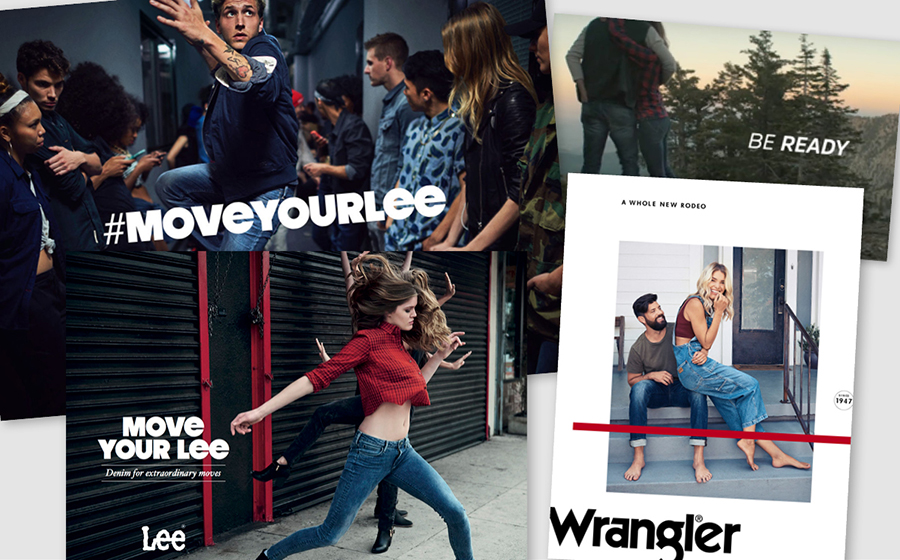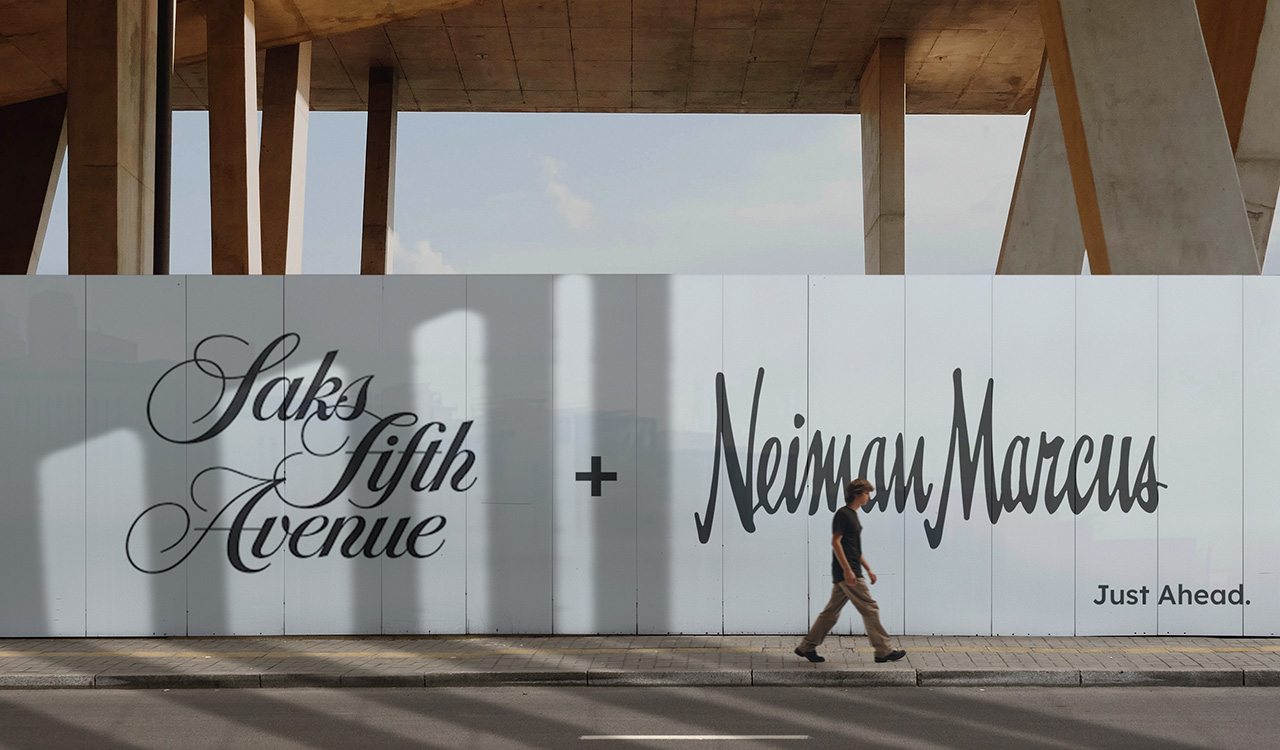Why did VF Corporation spin off Lee and Wrangler and how can this lead to bigger growth opportunities for these legacy brands? Analysts and industry experts have weighed in by pointing to classic brand management portfolio strategies as the explanation. In this scenario, Proctor & Gamble is often cited as the originator of brand portfolio management (BPM). VF Corporation is looked upon as P&G\’s fashion/apparel heir — and for good reason. Several high-profile VFC managers cut their teeth at P&G prior to successful careers at VF. And when it comes to BPM, VF strategically behaves much like P&G.
BPM defines the assortment of brands as complementary assets which need focused attention, sufficient funding and experienced/loving managers to maximize brand equity and shareholder value. When brands in a portfolio get eclipsed by their more vigorous counterpart cousins, they may need a bit of TLC (AKA, \”focused attention\”). Thus, VFC\’s divestiture of part of its portfolio (Lee & Wrangler) especially when mega-market factors are building barriers (Cone Mill closing, NAFTA uncertainty, streetwear changes etc.) is sound portfolio management. So, no need to sound the death knell for these brands; not just yet! What the brand managers now need to do is determine how the brands\’ newfound freedom can be leveraged to create relevance to consumers and differentiation from competitors.
What\’s in a Brand?
VFC\’s decision to spin off the above-mentioned brands in 2019 has been in the works since at least 2011/2012. At that time, it became clear that heritage brands, if they were to keep pace with competitive market norms, would have to reposition themselves as experiential and emotionally relevant to its consumers. To understand what top management thought they needed to go, check out this quote that Robin Lewis elicited in a 2012 interview from then CEO Eric Wiseman.\”…the outdoor and action sports industry became a place that we really wanted to be. Apparel and footwear, in that sector, are worn by people when they\’re pursuing their passions…what they wear matters to them because it has a function…in some cases, a life-saving function; people develop real emotional connections with that stuff. Those brands (in the sector) are sustainable if you can keep the emotional connection strong.\”
That being said, flash forward four years and Robin Lewis pointed in his article, VF to Lee and Wrangler: Adios, Lee appealed to women consumers as a great-fitting jean and Wrangler was still the rodeo cowboys\’ and football fans\’ favorite. However, to meet Wiseman\’s criteria, Lee and Wrangler would have to undergo a transformation outside of utilitarian fit to keep the emotional connection strong. They needed to re-engage the passions of their consumers. In 2016 a repositioning campaign was launched which sought to do just that…attach the brand emotionally to a lifestyle and a younger consumer. For Wrangler, it played off the authenticity tagline, \”Be true. Be bold. Be yourself. Be comfortable in your own jeans.\” Lee transitioned to a quirky, social media focused repackaging of fit and comfort, \”They\’re not just jeans, they\’re freedom pants.\” Sadly, in both cases the repositioning simply didn\’t cut it. There were temporary sales lifts, but the campaigns were short lived as the themes were slogans and not genuine connectors.
Connecting to Core Customers
What are meaningful connectors? CEO of VF, Steve Rendle, describes Wrangler and Lee, as two \”iconic global brands\” which convey what the USA is best known for: authentic, casual, lifestyle clothing. This evokes the passions of younger global consumers who seek emotional connections that are genuine — meaning it feels authentic and true to its roots!
How to communicate a sense of authenticity when the product is no longer \”Made-in-the-USA\” is critical. From the perspective of younger consumers in Asian markets, the USA provenance is a major selling point. Even the Gap brand, struggling here in its native country, is doing well in China where it\’s perceived as a genuine expression of America\’s casual lifestyle clothing.
So, the question is what will the connector language be? Apple sidestepped the issue by stating its products are designed in Cupertino and made in China. Wrangler and Lee would be well advised to take a page of Apple\’s playbook when they recast their marketing messages. So, the messaging \”Born in the USA\” meets the criteria of a genuine emotional connector!
For legacy brands, connectors are found in heritage stories slightly retold. What we as Americans do better than any other marketing culture is brand storytelling. We are dream weavers in how we conjure up a reality which consumers wish to be part of, particularly in fashion and beauty. The Chinese and Asian markets haven\’t mastered this marketing language, which may be why the Chinese consumer longs for it. What is needed is to forge a culturally relevant narrative that appeals to China\’s admiration of things American and align it with an existing \”crowdculture.\” This is the critical mass of counterculture opinion, driven by early adopters that can light a fire and ignite a mass following.
So, for Wrangler, new repositioned ad campaigns tie rodeo action and lifestyle activities together with lines such as \”Roll with the Times\” and \”A Whole New Rodeo,\” which clearly tie heritage roots of the brand to a broader lifestyle scenario. Now the brand managers have to find where and with what cohort this resonates.
For Lee, the road may be a bit rocky. Top of the line, Lee 101Z, is positioned as authentic craftsmanship with ads showing close-ups of hands at sewing machines creating the final product. At the opposite end, we have \”Extreme Motion Jeans\” with headlines, \”Don\’t Just Move\” and \”Move Your Lee.\” This messaging seems to address the yoga space and its current lifestyle dominance. But this is a reactive approach rather than proactive — and doesn\’t draw upon the Lee heritage. As such, it leaves tons of equity on the marketing table. Perhaps Lee\’s origins are where the future lies…in workwear. In any case, these retro-fashion strategies, if embraced by the young Asian consumer, may generate enough of a cool factor that rescues the brands\’ abiding identities.
In a touch of irony, should there be success abroad, it wouldn\’t be the first time that languishing American brands went overseas to forge a fresh identity, and when they returned to the U.S., they became successful in so doing …witness Gant and Tommy.
Now liberated from internal competition within the VF portfolio, Lee and Wrangler may be nurtured by enough focused attention and tender loving to continue to grow, thrive and flourish. So perhaps it\’s not quite \”Adios\” to two iconic brands, but more \”Advanza\” as they move forward albeit on a different pathway.



